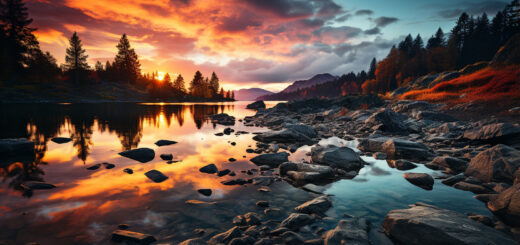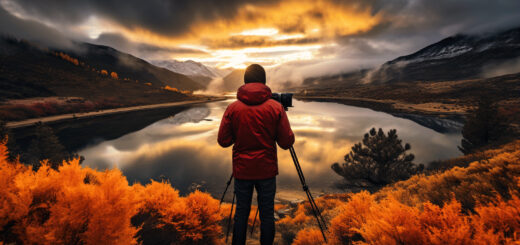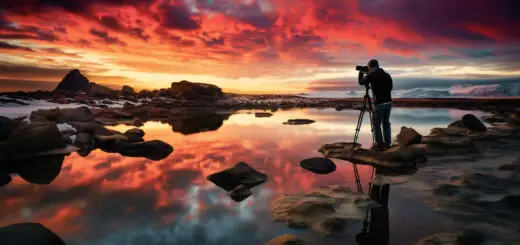Exploring the Best Camera Options for UK-Based Wildlife Photography
Exploring the Best Camera Options for UK-Based Wildlife Photography
The UK is home to some of the most diverse and unique wildlife in the world, spanning from migratory seabirds to coastal seals to urban foxes. It’s no surprise, then, that the UK has a thriving community of wildlife photographers looking to capture the beauty of this stunning country. Whether you’re a novice starting out or an experienced pro wanting to take your shots to the next level, choosing the right camera can be a daunting task. We’ve put together a guide to the best camera options for UK-based wildlife photography, so you can make an informed choice.
The Basics: Don’t Skimp on Quality
When it comes to wildlife photography, there’s one rule you should never forget: don’t skimp on quality. Regardless of your budget, you should always prioritize quality over quantity. This means investing in a good camera body and lenses, as well as the necessary accessories. Even if it takes you a while to save up the money, it’ll be worth it in the end.
Sensor Size and Resolution
The size of your camera’s imaging sensor will play a large role in determining the quality of your photos. Larger sensors capture more light and greater detail, giving you the best possible image quality. Depending on your budget, there are a few different sensor sizes and resolutions you can choose from. Micro Four Thirds cameras have a crop factor of 2x, meaning that their sensor size is twice as small as a standard full-frame camera. DSLRs, on the other hand, have a crop factor of 1.5x, so their sensor size is slightly larger. And finally, full-frame cameras have a crop factor of 1x, meaning their sensors are the largest available.
Lens Selection
Once you’ve decided on the size of the sensor you want, the next step is to select your lens. If you’re shooting wildlife, chances are you’ll want to go for a lens with a long focal length. This will give you the ability to zoom in on your subject and capture the details. You can opt for a fixed focal length lens, or one with a greater range, like a telephoto zoom. When selecting your lens pick one that’s sharp and has a fast aperture, so you can take advantage of the larger sensor size to take photos in low light environments.
Weather-sealed & Lightweight Camera Bodies
Not all camera bodies are created equal, and you need to pick one that’s up for the job. Make sure you choose a weather-sealed camera body so your gear can withstand the elements. This is especially important if you’re planning on shooting in wet or cold environments. Additionally, you should opt for a lightweight camera body, as you’ll be carrying it around a lot.
High-end Camera Accessories
Finally, you should consider investing in some high-end camera accessories that will help you get the best out of your photography. A sturdy tripod will keep your camera stable when taking long exposures, and a remote shutter release allows you to take photos without touching the camera, making it easier to get the perfect shot. And if you’re shooting in low light, use an external flash or LED light panel to get more natural-looking shots.
Conclusion
Choosing the right camera for UK-based wildlife photography is no simple task. But with the right knowledge and a bit of shopping around, you can be sure to find the right camera and accessories for your budget and needs. That way, you’ll be prepared to capture all the amazing wildlife of the UK and get the shots of a lifetime.



